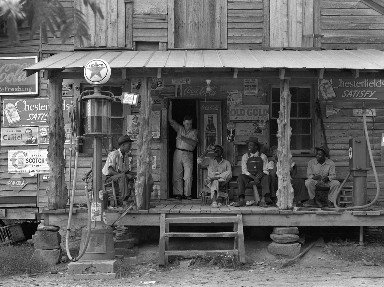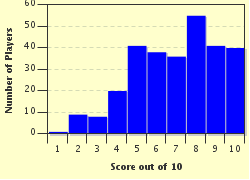Quiz Answer Key and Fun Facts
1. Squelching through a muddy field gives me a flashback to when I was a soldier in the trenches in the battle of Ypres. Which war was I fighting in?
2. Hearing bagpipes on the radio gives me a flashback to when I was Royalty, but my cousin, the Queen, had me executed because she believed I was plotting against her. Who was I?
3. The smell of the sea causes a flashback to when I was a powder monkey in the Navy during the Napoleonic Wars. Which century did I live in?
4. The smell of freshly baked bread always give me a flashback to when I was a monk and my monastery cook baked bread every day. Then our lives were ruined when the King evicted us. Which King of England ordered the dissolution of the monasteries?
5. I didn't always live in England. Hearing French tourists talking gives me a flashback to when I was a revolutionary who died storming a famous prison. Which prison was it?
6. The smell of smoke always gives me a flashback to living through the Fire of London. Who was King when this happened?
7. The wonderful smell of newly cut grass gives me flashbacks to my days as a cricket umpire. In which country was cricket first played?
8. Ah, the feel of silk, and I have a flashback to when I was a young debutante invited to a ball at the Prince Regent's new seaside home. Where did the Prince Regent, later King George IV, build his seaside pavilion?
9. At an antiques fair I idly pick up a sword, and flashback to the Battle of Bosworth Field where I fought with King Richard III. This was the final major battle of which war?
10. Visiting the zoo the sight of elephants gives me flashbacks to seeing the one that was presented to King Henry III. Where did he house it?
Source: Author
Christinap
This quiz was reviewed by FunTrivia editor
bloomsby before going online.
Any errors found in FunTrivia content are routinely corrected through our feedback system.


